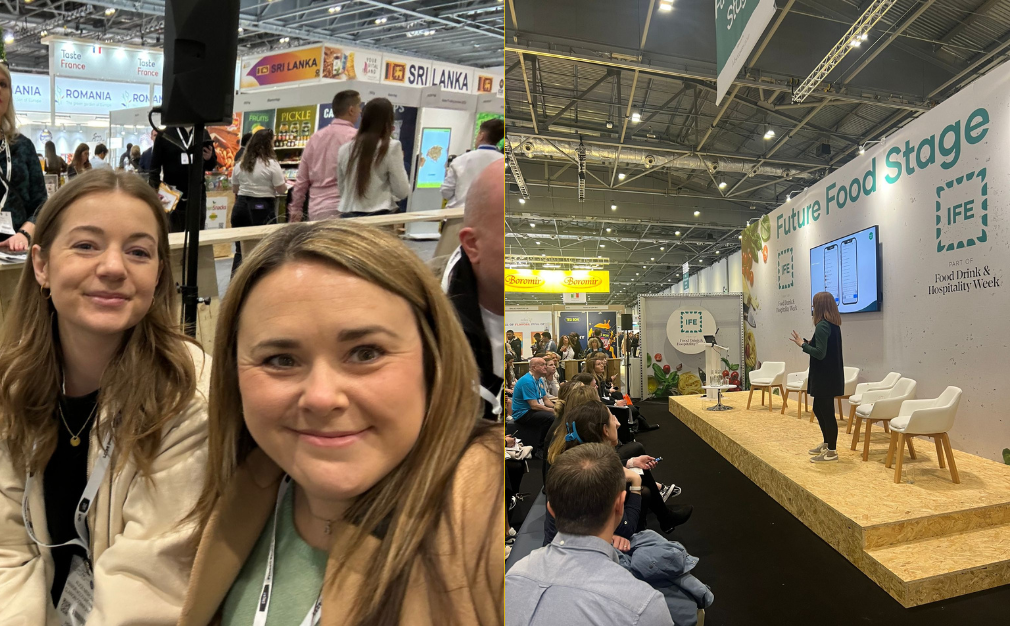Better Processed Foods, Smartly Researched Hashtags And The Filipino Food Trend - 5 Learnings From IFE/HRC/Pub Show

Our team headed to ExCeL London for day one of the International Food Event (IFE), which is co-located with Hospitality, Restaurant, Catering (HRC) and The Pub Show.
Having spoken to producers, operators, chefs and suppliers, and listened to a number of interesting talks, there was plenty to digest, from the latest food and hospitality trends, to social media tips and consumer insight. Here’s just 5 things we learnt - or were reminded of - at the show:
1. Those retailers and foodservice operators that don’t embrace AI risk getting left behind. One area of development focus to enable greater customer efficiency is Search Online Pick Up in Store (SOPIS). Apps like Near Street can be super powerful in gaining competitive advantage as they allow shoppers to search for the specific product they want or need and find the stores nearby that have it. While the likes of Mapsted, Pointr, Oriient make in-store navigation easier as they allow the customer to look up what’s where in store.
2. Social is becoming as powerful a search engine as Google. According to Google themselves nearly 40% of Gen Z prefers using TikTok and Instagram to search over Google. We surmise because if you Google you’re not sure if information you receive is up to date, whereas on social you can see exact date it was posted. That means well-researched tags are more important than ever (and not 20-30 as that looks like spam and people switch off to it - we recommend 3 smartly chosen ones).
3. TikTok is king in the world of new product launches but forget LinkedIn at your peril. Unsurprisingly, multiple producers spoke about their products going viral on TikTok, e.g. chocolate coated frozen raspberries (which we can verify are delicious). But in the social trends talk we were reminded those on LinkedIn are still consumers and engagement on the platform has doubled over the past year. Plus, it’s less competitive so it’s easier to get seen. Just remember though that posts from people are more engaged with than posts from brands.
4. The increasing interest in Ultra Processed Food (UPF) brings challenges but also opportunities. Only 29% of consumers got the definition of UPF right according to the Future Food Trend Tracker but we’re about to embark on a journey of discovery. While there are still so many unknowns at the moment (including how bad they really are for you), it’s certainly an area to keep an eye on and those brands that can meet customer demand for natural foods with less processing but that still taste good, especially if they can do that at an affordable access price, stand to benefit.
5. Deliveries and meal kits are in decline as people choose to dine out of home again more, but the way we dine has evolved. Plant based food is a hygiene factor on restaurant menus now, yet more consumers are choosing to eat meat when dining out of home. Plus, they are looking for less costly ways of getting a treat so while fine dining stagnates, coffee shops and food halls have seen an increase in visits. When it comes to types of cuisine, people may still be turning to the familiar, with a rise in British and Italian, but there’s also a spotlight on Asian cuisine. Almost double the number of consumers dined on Thai dishes in the last quarter vs. Q3 of 2023 and Filipino food was tipped by the Future Food Trend Tracker as one to watch…
